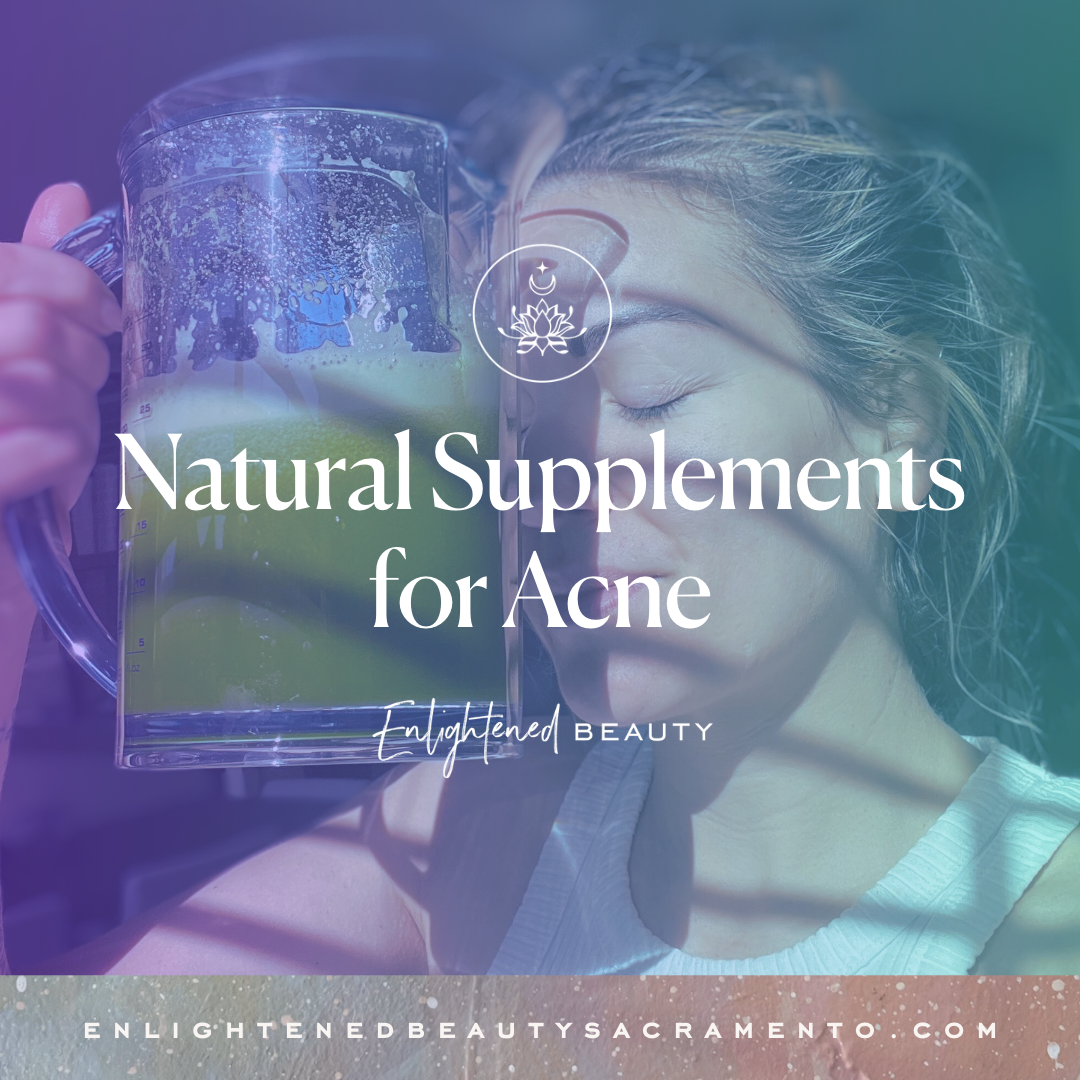
Can Hyaluronic Acid and Peptides Work Together?
The beauty of hyaluronic acid is that it’s one of the very few ingredients that can work synergistically with other ingredients without causing irritation, even those known strong ingredients that can sometimes irritate the skin.
Peptides are also skincare ingredients that often work well when combined with other ingredients. The question is: do the pair work well together?
We’re going to explore just that in today’s blog post. Before we dive in, let’s take a quick look at the benefits of peptides and hyaluronic acid and how they work to keep your skin healthy and happy.
What are the benefits of hyaluronic acid for skin care?
The moisturizing properties ensure that the skin retains moisture and the protective barrier remains as healthy as possible.
Helps reduce the appearance of fine lines and wrinkles. Rejuvenates the skin and provides a smoother texture. Stimulates skin cell regeneration for a healthier complexion. Reduces signs of hyperpigmentation, dark spots and acne scars. Improves overall skin clarity. If you’d like to learn more about hyaluronic acid, check out our dedicated blog post on this clever moisturizer. What are the benefits of peptides for skin care? Improves the skin barrier and protects against damage caused by free radicals such as pollution and UV rays. Signs of wrinkles are reduced and skin looks plumper and firmer. It has antimicrobial properties, which means it kills acne-causing bacteria. It relieves inflammation and repairs skin damage. It stimulates the production of underlying collagen and elastin. There is a lot more to know about peptides. So don’t forget to read our more detailed blog post on what to expect. Can Hyaluronic Acid and Peptides Be Used Together? Yes, hyaluronic acid and peptides can be used together. The two form a potent combination that keeps the skin working effectively while ensuring that the protective barrier remains healthy and in optimal condition.
With the help of peptides working on the underlying layers, collagen production is boosted and ensures plump, youthful skin. You will also find that using a peptide serum can benefit hyaluronic acid as it attracts the moisture present in the formula and holds it in place.
What Not to Mix with Peptides?
There are some skin-friendly ingredients that can be mixed with peptides, but others should be avoided. Here are some examples of effective partnerships:
Don’t mix peptides and acids. Exfoliating acids, such as glycolic, lactic, and other alpha hydroxy acids, as well as the popular beta hydroxy acid salicylic acid, should not be mixed with peptides. This is because these acids can break the bonds that make up the amino acid chains in the peptides. As a result, they are unable to transfer their benefits to the skin.
Retinol and Peptide Blends. Since retinol is known for its high potency, only a few ingredients can typically be combined with it. However, peptides are an effective partner that actually helps improve the penetration of retinoid formulations when applied to the skin’s surface.
Because retinol is quickly absorbed into the skin and the nourishing effects of the peptides take effect, your complexion looks revitalized, plumper, and more youthful.
As with all skincare ingredients, it is important to perform a 24-hour patch test before applying any new formula to your face. If you have additional concerns, it is best to consult a doctor or healthcare professional to avoid unnecessary skin irritation.
What should not be taken with hyaluronic acid?
There are very few skincare ingredients that cannot be mixed with hyaluronic acid. Most over-the-counter products typically contain at least 2% hyaluronic acid in their formulas. That’s because HA works well with almost all ingredients.
Believe it or not, the only ingredient that can interfere with the effectiveness of HA is HA itself, as applying too much topically can lead to overdosing your moisturizer and causing moisture loss from your skin.
The layers underneath can pull in the skin, which can cause dry skin over time.
How long does it take for peptides to work?
The first time you try a peptide-rich product, you’ll notice a change in your overall complexion. Apply a serum to your skin.
With continued use, texture and radiance are noticeably improved, and signs of premature aging are reduced with a rich, nourishing amino acid. After about 3-6 months, you’ll see the full benefits of the peptides and their effects on your skin.
How do peptides work with your skin?
You can apply peptides to your skin twice a day. They effectively moisturize the surface of your skin, ensuring that the protective barrier remains as healthy as possible and can protect itself from possible damage.
Examples include exposure to UV rays, pollution, and other free radicals. Peptides are often found in products like serums and moisturizers. A basic rule of thumb for skin care is to make sure you apply products in the correct order, from thinnest to thickest. This means applying these products later in your routine, as serums and moisturizers are thicker than cleansers, toners, etc.
Do peptides tighten your skin?
Yes, peptides work in the lower layers of the skin to increase and stimulate collagen production. Over time, this can cause skin to appear tighter and show signs of aging, such as wrinkles. b.
Loss of elasticity, causing the skin to sag, especially around the chin and cheek areas. Many skin care experts recommend layering peptide products with other products containing retinol for a truly effective routine. Be careful when applying
Make sure to always apply the product upwards, not downwards, as this counteracts the effects of gravity on the skin.


